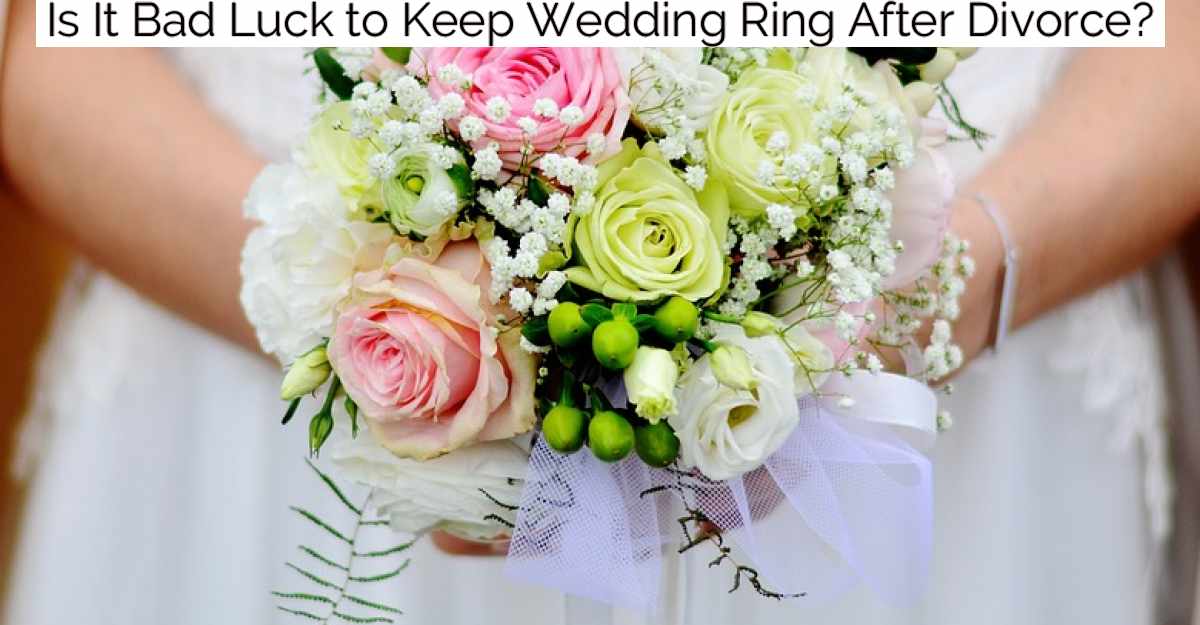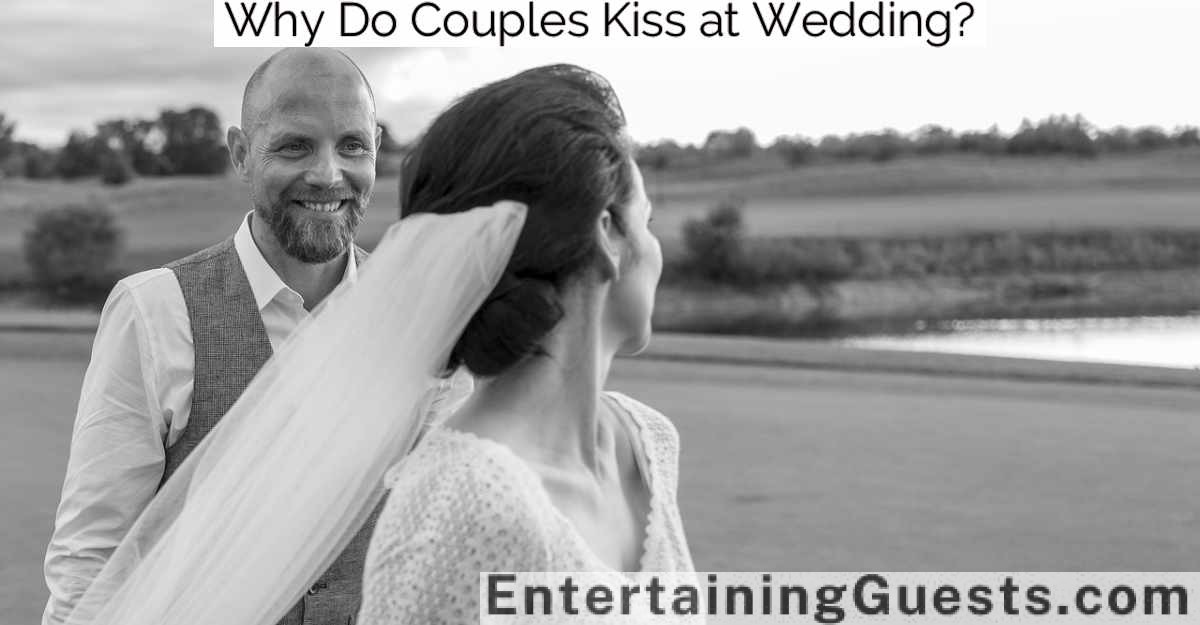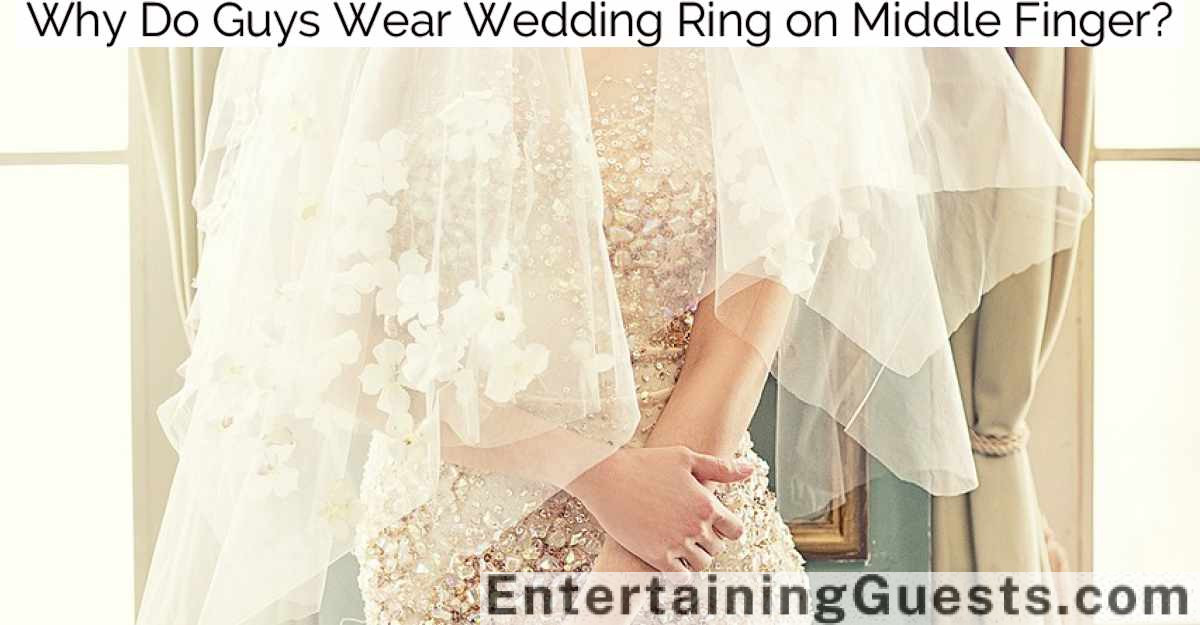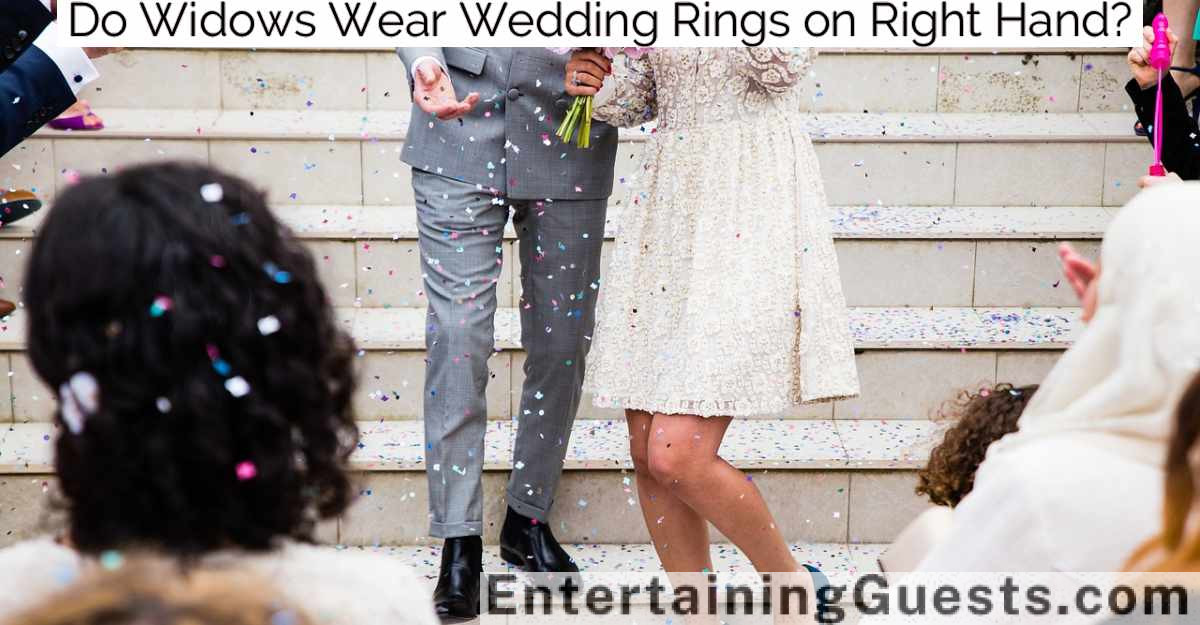No, it is not inherently bad luck to keep a wedding ring after a divorce. Many people believe that a wedding ring retains the energy of the marriage, and retaining it might carry negative vibes from a broken relationship.
Despite these beliefs, the decision to keep, repurpose, or discard a wedding ring is a deeply personal and cultural choice. Some individuals find value in transforming the ring into a new piece of jewelry, symbolizing resilience and a fresh start.
The choice reflects one’s emotional state and personal views on love and commitment, and is also influenced by their healing process. Exploring diverse stories and cultural perspectives can provide more insight into this sensitive issue.
The Symbolism of Wedding Rings
Wedding rings hold a profound symbolism in many cultures, representing an unbroken circle of commitment and eternal love between partners. These small, often metallic loops aren’t just pieces of jewelry; they’re rich with history and significance, embodying the promises made on a couple’s wedding day.
Over the centuries, these rings have come to be seen as the ultimate symbols of marital fidelity and the continuous nature of love, transcending the daily challenges and changes that life brings.
Historically, the exchange of rings has been a pivotal moment in wedding ceremonies, signaling the couple’s intent to build a life together. The physical characteristics of a wedding ring—its circle with no beginning or end—mirror the timeless and enduring commitment that marriage represents.
This symbolism resonates deeply, reminding partners of their vows to each other, even during times of personal or relational strife.
Understanding the emotional and cultural weight these rings carry helps one appreciate why they’re often cherished beyond the material value. They’re not only reminders of a wedding day but also of the aspirations and hopes that couples share.
Consequently, the decision to keep or part with a wedding ring after a relationship ends is deeply personal and varies widely among individuals.
Cultural Superstitions and Beliefs
Given the deep significance that wedding rings hold, it’s no surprise that numerous cultural superstitions and beliefs have evolved around them, particularly concerning what to do with these symbols after a marriage ends.
In many cultures, a wedding ring symbolizes not just love and commitment but also societal and familial expectations. This imbues the ring with a weighty significance, leading to diverse beliefs about the fate of a ring post-divorce.
For instance, some cultures believe that keeping a wedding ring from a failed marriage can bring bad luck or prevent one from moving on and finding new love. This superstition holds that the negative energy from a broken relationship can linger around the physical object, potentially impacting future relationships.
Conversely, others view the ring as merely a piece of jewelry that, once divorced from its marital symbolism, can be repurposed without fear of bad luck. They argue that objects don’t carry emotional baggage; people do. Hence, transforming the ring into a different piece of jewelry or even selling it can be seen as a way of reclaiming autonomy and starting anew.
Both perspectives show how deeply entrenched these symbols are in our lives and how they can carry different meanings based on personal and cultural lenses.
Personal Stories and Experiences
Reflecting on personal experiences, many individuals share poignant stories about their decisions regarding their wedding rings post-divorce.
Sarah, for instance, found solace in transforming her ring into a necklace, a symbol of her journey and resilience. It wasn’t just about keeping the ring; it was about repurposing her past into something meaningful and new.
On the other hand, John chose to sell his ring. For him, it was a step towards healing, a way to let go of memories that were holding him back from moving forward. The money he earned was put towards a fund for his daughter’s education, turning a painful memory into an investment in the future.
Each story echoes a unique path of coping and closure. While some find it therapeutic to hold onto these symbols, others find peace in letting them go.
The decision is deeply personal, influenced by individual emotions and the meanings they attach to these tokens from their past.
No approach is universally right or wrong. It’s about what serves the individual’s emotional needs and helps them forge a path to recovery and renewal in the aftermath of a divorce.
Practical Considerations After Divorce
Beyond the emotional landscape of a divorce, there are practical considerations to address, which can greatly influence one’s financial and personal stability.
It’s vital to reassess financial standing, including the division of assets and debts. This might involve selling shared property, splitting retirement accounts, or negotiating alimony and child support terms. These decisions can have long-term financial implications, so it’s wise to consult with a financial advisor.
Adjusting to a single income requires a thorough review of one’s budget. Expenses such as housing, utilities, and healthcare need careful reevaluation to prevent financial strain.
It’s also important to update legal documents. This includes changing one’s name on bank accounts, credit cards, and relevant identification documents, as well as revising wills and insurance policies to reflect new beneficiaries.
Moreover, considering the custody arrangements if children are involved is significant. It’s important to establish a co-parenting plan that supports the children’s needs and schedules while respecting both parents’ lifestyles and commitments.
Navigating these practical aspects thoughtfully can pave the way for a smoother shift into post-divorce life, helping individuals regain control and move forward with confidence and clarity.
Alternatives to Keeping the Ring
Many individuals find that moving on from a marriage often involves making decisions about physical reminders such as wedding rings.
Letting go of these items can symbolize a fresh start, but what’re the alternatives to simply keeping this piece of jewelry?
One thoughtful option is transforming the ring into a new piece of jewelry.
Jewelers can repurpose the diamonds or other precious stones into a pendant, bracelet, or even another ring that doesn’t carry the same marital symbolism.
This allows one to retain the sentimental value of the gemstones without the associations of the past relationship.
Another alternative is selling the ring.
This can be particularly empowering if the money gained is used towards personal growth activities, such as education or travel, or to invest in one’s future.
It’s a practical approach that turns a potentially painful reminder into a step forward.
For those who feel the ring holds too much emotional weight, donating it to a charity or a cause they care about can also be a freeing choice.
It transforms a symbol of loss into one of generosity and new beginnings, providing a sense of closure and positive impact.
Conclusion
Ultimately, whether to keep a wedding ring post-divorce is a personal choice shaped by individual beliefs and circumstances. For some, it represents closure and healing, while for others, it may feel like carrying a burden of past sorrows. It’s important to weigh the emotional significance against practical benefits, like financial gain from selling. Exploring alternatives, such as repurposing the ring, can also offer a meaningful way to move forward. Listen to your heart and choose what feels right for you.







